- Bring on the Lucie by Hallelujah the Hills - October 9, 2015
- Experiment: Two Words - July 27, 2013
- POV - July 19, 2013
This month, I wrote two introductory essays—one for Harold Lloyd’s 1923 film Safety Last! (see here), the other for Russell Hoban’s 1975 novel Turtle Diary. I give a nod to the Beatles in each.
In Bookforum, Brian Gittis takes up the book-compared-to-music thread that I put in my Hoban intro.
In his introduction to the New York Review’s reissue of Russell Hoban’s oddball 1975 novel Turtle Diary, Ed Park characterizes the book as a sort of literary cousin to the Beatles’ “Eleanor Rigby.” It’s a humble tale of urban loneliness, quotidian in flavor—which makes it an anomaly in Hoban’s large, very strange, increasingly out-of-print body of work. To extend the music analogy, the Hoban boxed set is a hard-to-label compilation—”Eleanor Rigby,” yes, but also works of elaborate, Wagnerian fantasy, Zappa-level weirdness, and kid-friendly tunes. Through a career that spanned more than seventy books, Hoban tackled post-nuclear apocalypse dystopia (Riddley Walker), the disembodied spirit of a Crusades-era Jew (Pilgermann), and internet pornography obsession (Angelica’s Grotto)—and also subjects such as bedtime (Bedtime for Frances) and birthdays (A Birthday for Frances) in his popular series of illustrated books for children about a family of badgers. (Hoban’s 1968 book The Mouse and His Child, about a mechanical mouse navigating a world of junkyards and authoritarian rodents, fuses his interests in children’s and dystopic literature.)
Beatles aside—read the new edition of Turtle Diary, if you haven’t experienced it already. You won’t be sorry!

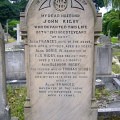
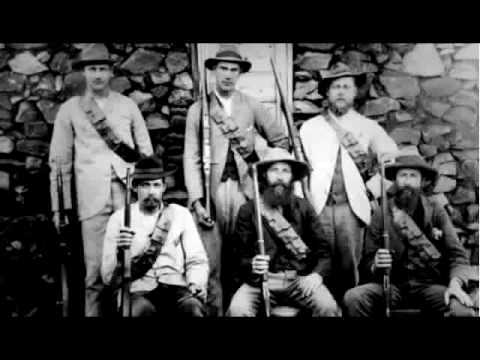
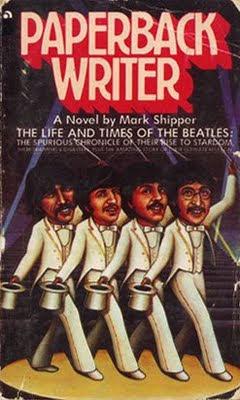
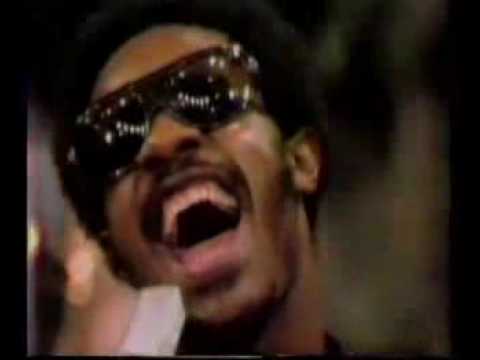
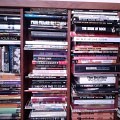
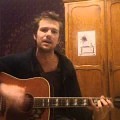
Thanks for this, Ed — I’ve never read “Turtle Diary,” but it sounds well worth looking up. I was given a copy of “The Mouse and His Child” when I was about 10, and read it so many times it literally fell apart. Hoban’s interest in the marginal and neglected does savor more than a little of “Eleanor Rigby.”